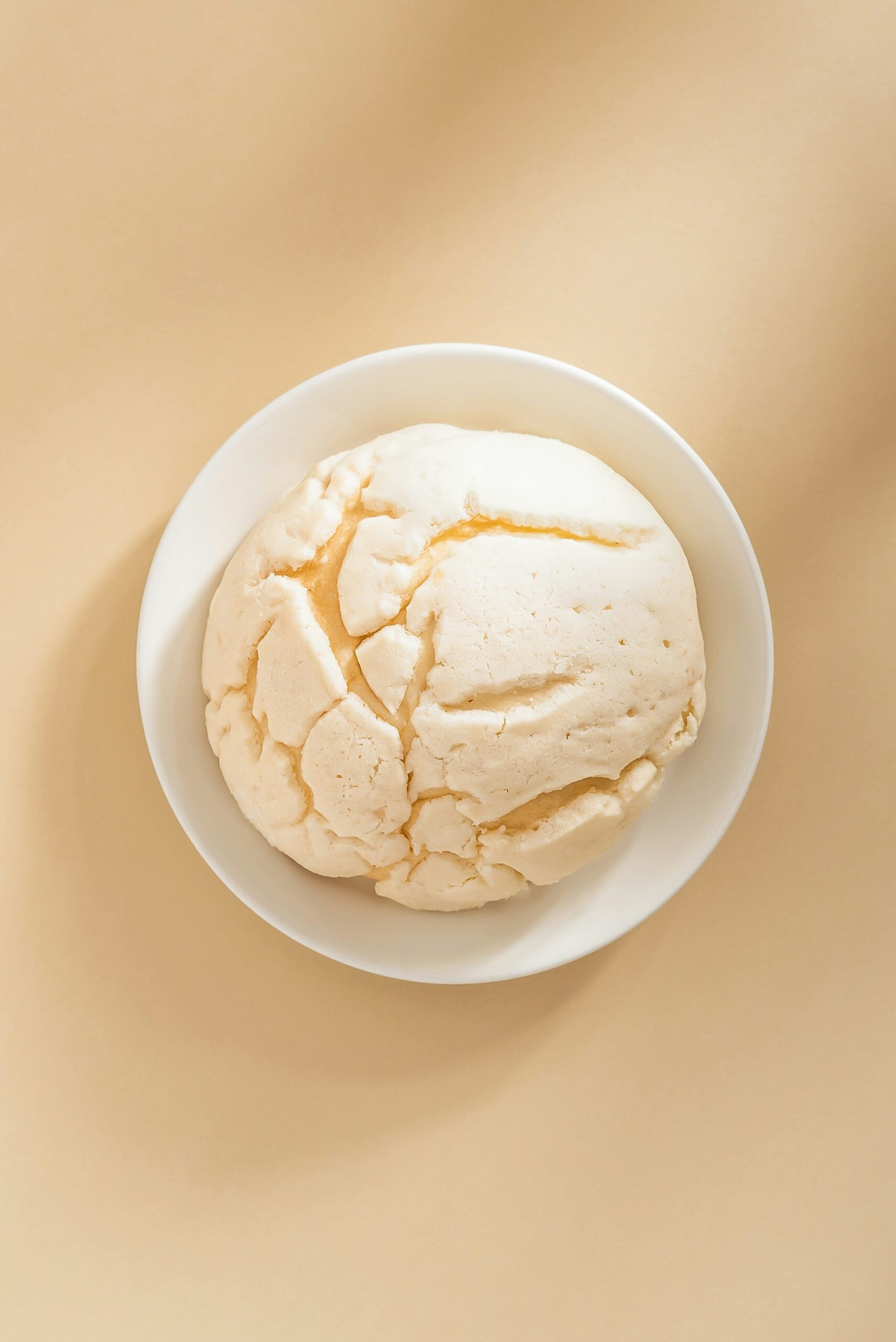
Soft, rich, and melt-in-your-mouth — khoya isn’t just an ingredient, it’s the backbone of countless Indian desserts. For generations it has sweetened everything from festive pedas to homestyle halwas, turning simple milk into something truly special.
And while its place in traditional sweets is legendary, khoya isn’t stuck in the past. Today it’s finding its way into modern bakes, fusion snacks, and even global desserts — adding that unmistakable depth of flavor you only get from slow-reduced milk.
Whether you grew up sneaking a piece from the kitchen or just stumbled across it in a recipe, here’s a clear guide to what khoya is, how it’s made, and why it’s worth keeping in your cooking vocabulary.
What Exactly Is Khoya?
Khoya (also called mawa) is made by slowly simmering whole milk until most of the water evaporates, leaving behind solid, concentrated milk. The result is thick, creamy, and slightly crumbly — a dairy base that shows up in everything from peda and barfi to gulab jamun and kalakand.
Unlike cream or condensed milk, khoya has a unique richness that gives sweets body and texture without overwhelming them with sugar. It’s the quiet anchor in Indian mithai, balancing flavors while delivering that indulgent bite.
Quick Facts About Khoya (Mawa)
- What it is: Reduced milk solids made by slowly simmering milk until thick
- Flavor: Rich, creamy, mildly caramelized
- Best in: Indian sweets like gulab jamun, peda, barfi, halwa
- Forms: Batti (hard), chikna (soft), and daanedaar (grainy)
- Storage: Keep refrigerated for up to a week or freeze for longer shelf life
The Different Types of Khoya
Khoya isn’t always the same — its texture changes depending on how long the milk has been reduced. Each type is suited to different sweets:
-
Batti Khoya (solid): Firm, dry, and easy to grate. Ideal for shaping sweets like peda or barfi.
-
Chikna Khoya (soft): Moist, smooth, and almost paste-like. Perfect for gulab jamun or halwa, where it needs to blend seamlessly.
-
Daanedaar Khoya (grainy): Slightly coarse with a granular texture, often used in kalakand and regional milk cakes.
When buying from a store, you may not see these names on labels, but the texture usually tells you which type you’ve got. If you make it at home, you can control consistency depending on what you plan to cook.
What Does Khoya Taste Like?
Khoya is creamy, mildly sweet, and a little nutty. It doesn’t have the tang of cheese or the sugary punch of condensed milk. Instead, it offers a mellow richness that soaks up flavors from cardamom, saffron, or rose water beautifully.
Its texture is just as important as its taste — dense yet melt-in-the-mouth, making desserts feel luxurious without being heavy.
How Khoya Is Made
At its core, khoya is simply milk reduced over heat. Traditionally, it’s made by simmering full-fat milk in a heavy pan, stirring constantly so it doesn’t scorch, until it thickens and solidifies. Depending on how long you cook it, you end up with soft, moist khoya or dry, crumbly khoya.
In the past, this was an all-day process done over open flames in wide iron pans. Modern kitchens often use nonstick pans, or shortcut methods with milk powder, but slow-cooked khoya still delivers the deepest flavor.
How It’s Used in Cooking
Khoya is central to Indian sweets, but its uses stretch beyond mithai:
-
In sweets: Peda, barfi, gulab jamun, kalakand, laddoos — almost every festive dessert has a khoya base.
-
In savory dishes: Rich curries like shahi paneer and some stuffed breads use khoya for creaminess.
-
In modern cooking: Bakers fold khoya into cakes, cookies, and fusion desserts for extra depth.
Similar Ideas Around the World
While khoya is rooted in South Asia, the idea of reducing milk to its essence appears globally:
-
Middle East & North Africa: Milk solids and reductions show up in sweets like qatayef and basbousa.
-
Latin America: Milk fudges and solid versions of dulce de leche resemble khoya in taste and texture.
-
Southeast Asia: Reduced dairy or coconut milk pastes play a similar role in holding sweets together.
The name may differ, but the principle is the same — turning milk into its most concentrated, indulgent form.
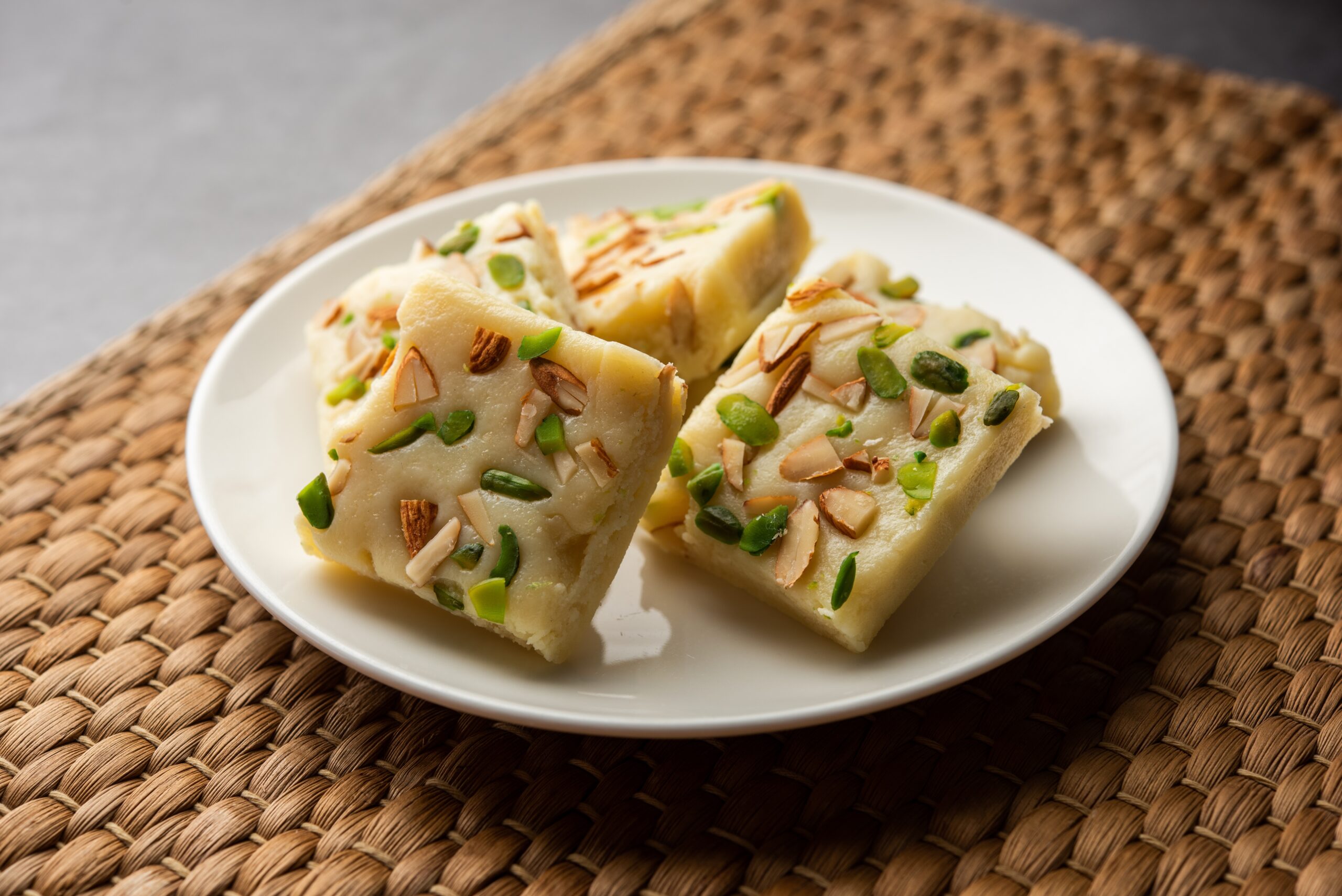
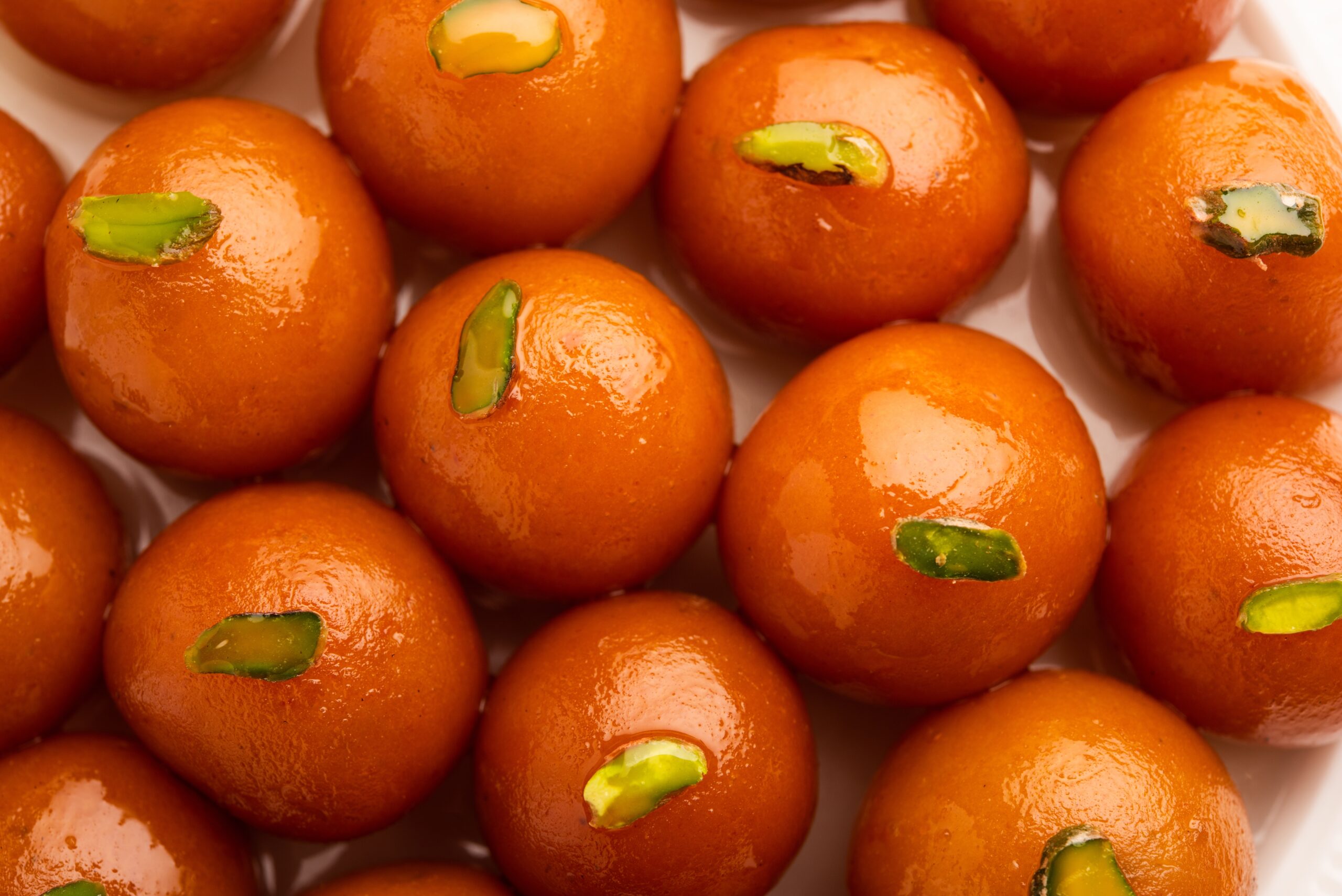
Cooking With Khoya
Khoya is as versatile as it is indulgent. It melts down into creamy sauces, holds its shape when molded, and absorbs flavors like a sponge. That flexibility is why it shows up in so many forms:
-
Stirred into halwas and fudges for a rich, melt-in-your-mouth base
-
Stuffed into parathas or pastries for festive bakes and layered sweets
-
Grated into doughs or batters to add creaminess and structure
-
Simmered into curries for a touch of luxury in savory dishes
-
Crumbled over desserts as a garnish for that bakery-style finish
Whether you’re folding it into a classic mithai or sneaking it into a modern bake, khoya has a way of making recipes taste more celebratory.
Creative Uses Beyond Tradition
Khoya isn’t just for peda or gulab jamun anymore — modern cooks are giving it a fresh spin. A few fun ideas:
-
Khoya Cheesecake: Swap some cream cheese with khoya for a rich, desi-inspired twist.
-
Stuffed Pancakes or Crepes: Fill with sweetened khoya and a touch of saffron or cardamom.
-
Dessert Toasts: Spread khoya on warm toast, top with nuts, drizzle with honey — a five-minute indulgence.
-
Khoya Muffins: Stir into batters to add subtle sweetness and moisture.
-
Stuffed Dates: Fill Medjool dates with khoya and pistachios for an easy no-bake bite.
Its mild, creamy flavor makes it easy to blend into both sweet and semi-sweet dishes, especially if you like experimenting with fusion desserts.
Flavor Pairings That Shine
Khoya is like a blank canvas that loves bold accents. Here are some of the best partners to pair it with:
-
Cardamom & Saffron: The classic duo — warm, aromatic, and festive.
-
Nuts (pistachios, almonds, cashews): Add crunch and richness.
-
Jaggery or Brown Sugar: Deepen the sweetness with a caramel-like note.
-
Coconut: Fresh or toasted, it blends beautifully in halwas or modaks.
-
Rose or Kewra Water: A drop or two can make a dessert taste instantly special.
-
Cocoa or Dark Chocolate: A modern twist — khoya adds body to truffles, mousses, or chocolatey fudge.
Smart Substitutes
No khoya at hand? A few handy swaps can get you close, especially in sweets:
-
Milk Powder + Milk or Cream: Mix into a thick paste — the most reliable DIY option.
-
Condensed Milk + Paneer: Blend for texture, but watch the sweetness.
-
Ricotta Cheese: Mild and grainy — cook it down to reduce moisture for a closer match.
-
Evaporated Milk (reduced further): Simmer until thick for a usable stand-in.
They won’t taste identical, but they’ll still bring that creamy depth most recipes need.
How to Store Khoya
Because khoya is dairy-based, freshness is key:
-
In the fridge: Store in an airtight container, 2–3 days max.
-
In the freezer: Wrap well, then freeze for up to a month. Portion before freezing so you can defrost only what you need.
-
To thaw: Let it soften overnight in the fridge. Grate or stir before using to bring back its texture.
Nutritional Value (Per 100 g of plain khoya)
Khoya is rich and concentrated — a small amount goes a long way. On average:
-
Calories: 300–350 kcal
-
Protein: 11–13 g
-
Fat: 20–25 g
-
Carbohydrates: 15–20 g
-
Calcium: High (from milk solids)
-
Vitamins: A, B2 (riboflavin), small amounts of D
Values vary depending on reduction time and whether sugar is added.
Final Thoughts
Khoya is more than just reduced milk — it’s a piece of tradition that’s been reshaped and reimagined through generations. Whether it’s folded into a peda, simmered into halwa, or tucked inside something modern like khoya-stuffed French toast, it brings richness, nostalgia, and comfort in every bite.
It may not be the kind of ingredient you reach for every day, but when a dish calls for warmth and indulgence, khoya has a way of making it feel special. From timeless sweets to playful new experiments, its versatility is what keeps it at the heart of so many kitchens.
So the next time you see it at the store or decide to make a batch at home, think beyond just mithai — khoya is an invitation to get creative.
FAQs
Is khoya the same as mawa?
Yes. Both words mean the same thing — milk solids made by slowly reducing whole milk. Different regions just use different names.
Can I make khoya at home?
Absolutely. All you need is full-fat milk and time. Simmer on low heat, stir often, and reduce until it thickens into a dense, grainy mass.
Is khoya sweet on its own?
No. Plain khoya has a creamy, slightly nutty flavor. The sweetness usually comes from sugar added in the recipe.
How long does khoya last in the fridge?
Stored in an airtight container, khoya stays fresh for 2–3 days in the refrigerator. For longer storage, freeze it.
Is khoya vegan?
No. Khoya is made from milk and is dairy-based, so it isn’t suitable for a vegan diet.
Learn More About Khoya (Mawa)
Wikipedia — Khoya
This article is highlighting khoya’s role as a traditional dairy product in South Asian cuisine, its preparation method, its uses in sweets like gulab jamun and barfi, the different types based on moisture content, and common adulteration concerns—while also touching on regional variations and cultural significance.


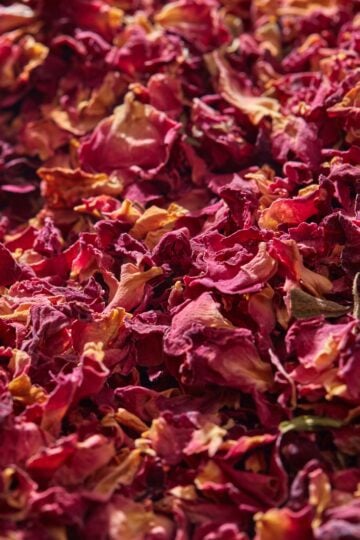
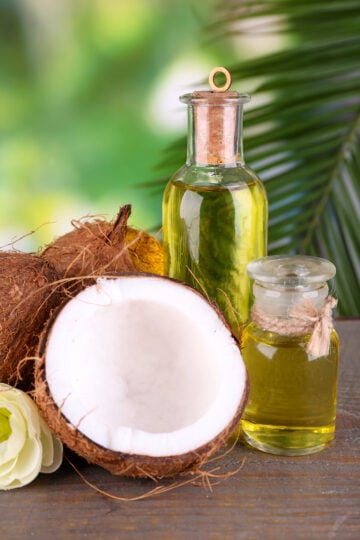
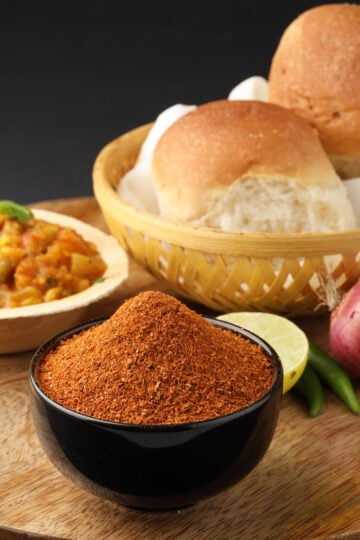
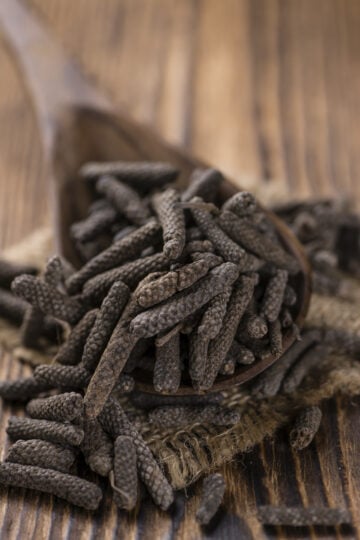
Have a question or something to share? Leave a comment below!